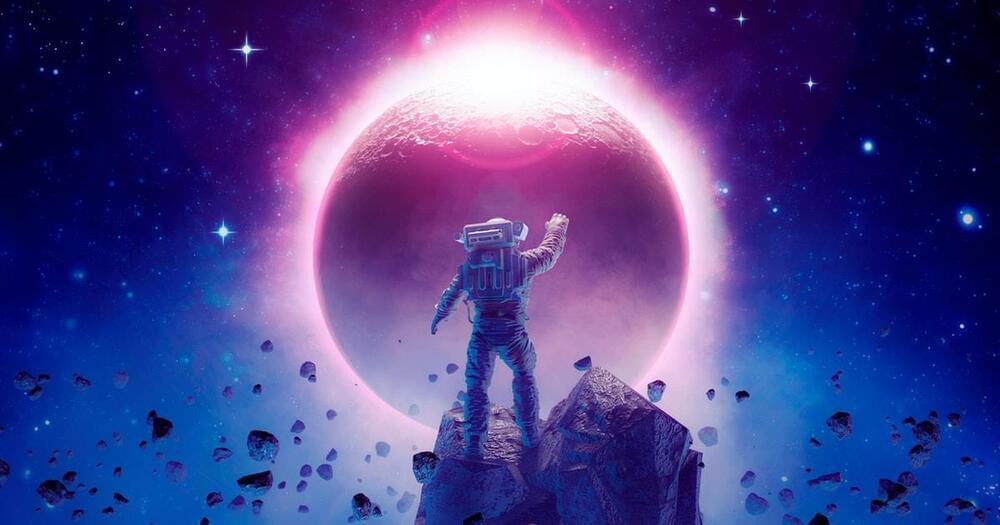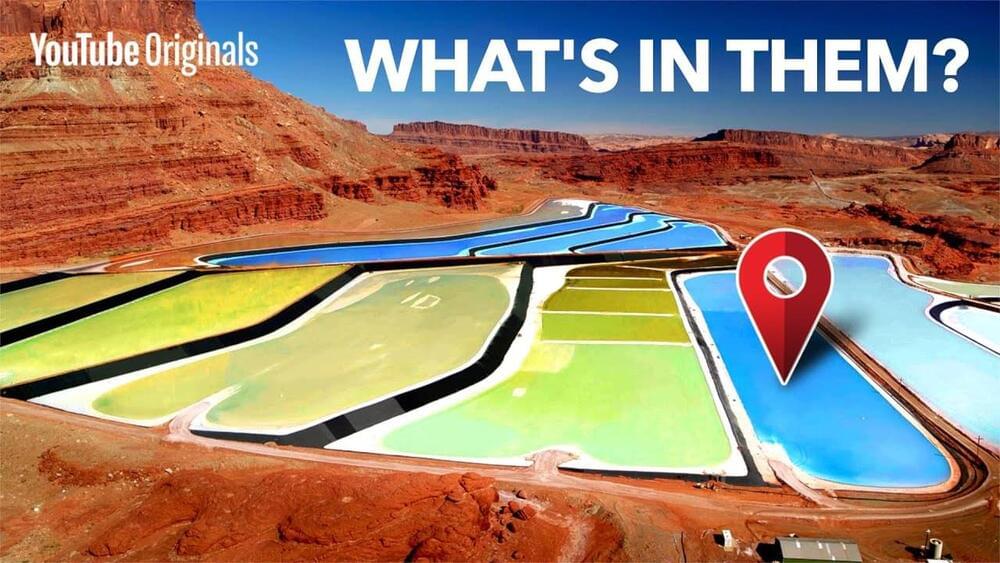MS say that Malaysian semiconductor fabrication plants are back to 100%. auto chip shortage is now in the rear-view mirror I hope they are correct. I’d like to hear it from auto producers too though. Toyota, at least, is upbeat though:
The Moon rocks.
In October, the Australian Space Agency and NASA signed a deal to send an Australian-made rover to the Moon under the Artemis program, with a goal to collect lunar rocks that could ultimately provide breathable oxygen on the Moon.
Although the Moon does have an atmosphere, it’s very thin and composed mostly of hydrogen, neon and argon. It’s not the sort of gaseous mixture that could sustain oxygen-dependent mammals such as humans.
That said, there is actually plenty of oxygen on the Moon. It just isn’t in a gaseous form. Instead, it’s trapped inside regolith — the layer of rock and fine dust that covers the Moon’s surface. If we could extract oxygen from regolith, would it be enough to support human life on the Moon?
What are these electric blue ponds in the middle of the Utah desert? And why do they keep changing color?
Join Derek Muller (Veritasium) as he looks into the weird, bizarre, and seemingly inexplicable images found on Google Earth to discover what on Earth they actually are. It’s a travel vlog, documentary, and science show wrapped into one. It’s Pindrop.
0:00 Intro.
0:29 Electric Blue Ponds.
2:13 Finding The Truth.
5:47 Importance Of Potash.
8:41 Potash From Rocks.
14:04 Safer Ways To Mine.
15:02 Droning.
17:28 Potash The Savior
A team of researchers with the Institute for Atmospheric and Climate Science, ETH Zurich, has found evidence that indicates that stands of trees can reduce land surface area temperatures in cities up to 12°C. In their paper published in the journal Nature Communications, the group describes how they analyzed satellite imagery for hundreds of cities across Europe and what they learned.
Prior research has suggested that adding green spaces to cities can help reduce high air temperatures during the warm months—cities are typically hotter than surrounding areas due to the huge expanses of asphalt and cement that absorb heat. In this new effort, the researchers looked at possible temperature impacts on land surface areas instead of air temperatures. Such temperatures are not felt as keenly as air temperatures by people in the vicinity because it is below their feet rather than surrounding them.
The work by the team involved analyzing data from satellites equipped with land surface temperature sensors. In all, the researchers poured over data from 293 cities across Europe, comparing land surface temperatures in parts of cities that were covered with trees with similar nearby urban areas that were not covered with trees. For comparison purposes, they did the same for rural settings covered in pastures and farmland.
12:10 minutes.
But United States Department of Agriculture (USDA) food scientists, working with a team at the University of California-Berkeley, have a method that could help solve this problem. Normal food freezing, called isobaric, keeps food at whatever pressure the surrounding air is. But what if you change that? Isochoric freezing, the new method, adds pressure to the food while lowering temperature, so the food becomes cold enough to preserve without its moisture turning into ice. No ice means no freezer burn. And, potentially, a much lower energy footprint for the commercial food industry: up to billions fewer kilowatt-hours, according to recent research.
Scientists have designed new pain-relieving compounds that, like morphine and other drugs, provide pain relief via activation of opioid receptors, but without inducing unwanted side effects.
In Plato’s dialogue, the Timaeus, we are presented with the theory that the cosmos is constructed out of right triangles.
This proposal Timaeus makes after reminding his audience [49Bff] that earlier theories that posited “water” (proposed by Thales), or “air” (proposed by Anaximenes), or “fire” (proposed by Heraclitus) as the original stuff from which the whole cosmos was created ran into an objection: if our world is full of these divergent appearances, how could we identify any one of these candidates as the basic stuff? For if there is fire at the stove, liquid in my cup, breathable invisible air, and temples made of hard stone — and they are all basically only one fundamental stuff — how are we to decide among them which is most basic?
Tachyons are not just the stuff of science fiction.
Tachyons are hypothetical particles that move faster than the speed of light and travel backward through time. Whether they exist is still up for debate.
In an effort to see what the brain does during flow, Huskey led research looking at how people experience flow while playing a video game. In a paper, which was published in the Journal of Communication this month, more than 140 participants played a video game. Some took part in an experiment while playing a game and self-reported their experiences. Others also subjected themselves to brain imaging so that researchers could look at how their brain functioned during flow.
Flow happens, Huskey said, when activities are engaging enough to fully involve someone to the point of barely being distracted, but not so difficult that the activity becomes frustrating.
Similarly, a video game designed for a child will probably not keep an adult in flow. There must be a balance, he explained. When there’s a balance, the person experiences an intrinsic reward. Things like getting to the next level or earning points matter, but they become secondary. Simply playing the game and experiencing flow is rewarding in and of itself.








